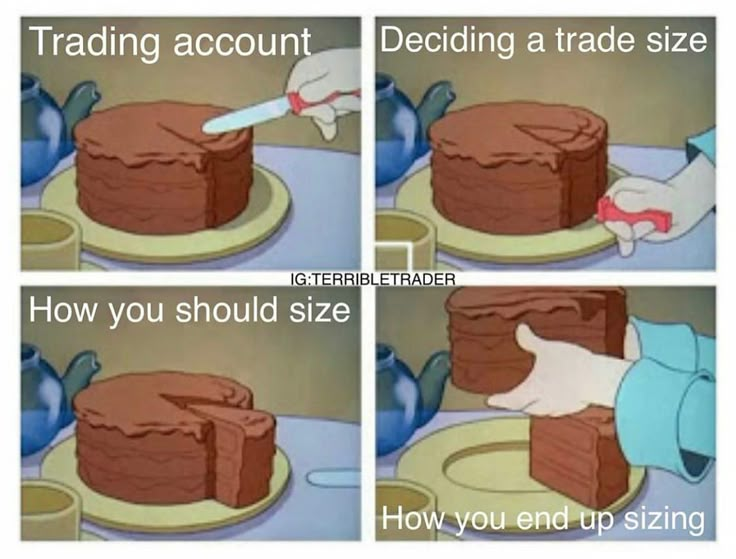Germany is considering relaxing its fiscal rules to access funds for military spending and establish a 500 billion euro off-budget infrastructure fund.
However, MUFG has expressed caution regarding future tariff actions from the US, specifically mentioning that Trump’s stance could impact the euro’s strength.
Euro And Fiscal Policy
This raises the question of whether the current shifts in fundamentals are sufficient for EUR/USD to surpass its current range trading patterns.
If fiscal constraints are loosened, Germany will have more flexibility to allocate capital without breaching debt limits. This would not only provide additional resources for defence but also open doors for extensive infrastructure improvements. A fund of this scale could stimulate various sectors and influence long-term growth trends, particularly if investments are directed towards transport, energy systems, and digital development.
At the same time, concerns over future trade policies in the United States introduce an external factor traders must assess carefully. MUFG has pointed to the possibility of renewed tariff measures, specifically highlighting how a shift in leadership could bring a fresh round of protectionist policies. Such decisions have historically influenced currency valuations, and any return to aggressive trade barriers may weaken confidence in global trade stability. For the euro, this introduces potential downside risks, particularly if European exports are targeted.
With these factors in play, market participants will need to reassess whether broader economic conditions justify a break beyond the current EUR/USD range. Structural shifts in German fiscal policy may provide long-term economic benefits, but the pace at which these adjustments impact the real economy will take time to materialise. Meanwhile, trade policy remains an unpredictable element that could fuel sudden moves in currency markets if rhetoric escalates.
Market Considerations
Considering these developments, traders should maintain a close watch on upcoming policy signals from German authorities, as delays or amendments to fiscal plans could influence sentiment. Similarly, clarity on US trade approaches in the coming weeks will play a role in shaping expectations for global flows. These two elements together hold the potential to either reinforce or disrupt the stability observed in recent exchange rate trends.
















